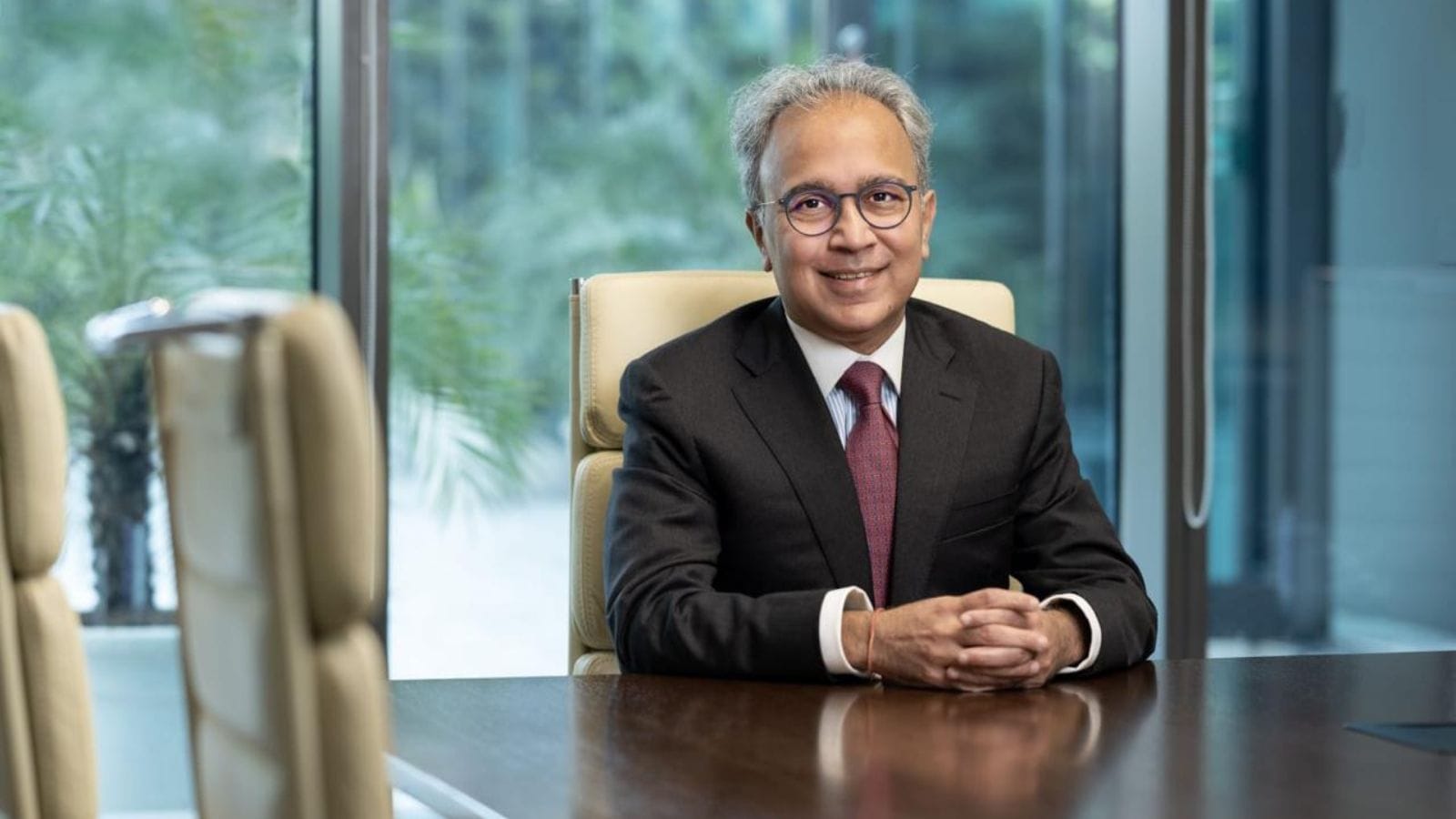Need to increase set up rate of GCCs in India; making the country attractive to bring in balance 50% of Fortune 500 comp
New Delhi: Finance minister Nirmala Sitharaman on Monday said that the industry and the government need to explore ways to increase the setup rate of GCCs (global capability centres) in India and make the country more attractive for the remaining Fortune 500 companies that are yet to open their GCCs here.
Speaking at the GCC Business Summit organized by the Confederation of Indian Industry (CII), the finance minister said that there was a need for institutionalizing governing mechanism for GCCs so that action from the top at the central level goes to the states and even to lower tiers so that GCCs can launch operations anywhere in the country with the available talent pool.
“We need to lubricate the entire administrative and governing mechanism top down to make sure same energy prevails everywhere and advantage is extended throughout the country for everybody to capture,” the finance minister said.
“I am told that one new GCC was set up every week in 2024 and similar number were expected even this year. We have to see that this number grows and does not come down. About 50% of Fortune 500 companies have set up their GCCs in India. We have to see where the ground is and be more inviting to rest of them to come here,” the finance minister said.
There are about 1,800 GCCs in India and they employ 2.16 million professionals. The sector has grown at a CAGR of 11% over the last five years.
“This 2.16 million is expected to up to 2.80 million by 2030. The GCC sector contributes about $68 billion of gross value add (GVA) which is 1.6% of our national GDP. And by 2030, the GVA from GCCs could be anywhere between $150 to $200 billion. That’s the scope before us and the potential we can see,” Sitharaman said.
In the setup rate of engineering research and development, the GCCs have grown 1.3 times faster than the overall GCCs over the past five years.
“There is a slant now. But this advantage will help in leveraging setting up of GCCs in newer areas as well now,” the finance minister said adding that there is a clear shift in high value-add in India now.
As per estimates 28% of the global science and technology or STEM talent and 23% of global software engineering talent are in GCCs, and 32% of global GCC talent is in India. The finance minister said that government is also doing its bit to improve the skilled talent pool feed into the GCCs looking at India.
The finance minister also said that India is scaling up its artificial intelligence (AI) skilling and research ecosystem by expanding into tier-2 and tier-3 cities as the government seeks to build a broad-based talent pipeline for emerging technologies.
She said the government is providing funding support for scholars pursuing PhD degrees at the top 50 institutions ranked under the National Institutional Ranking Framework (NIRF) and is setting up AI Data Labs beyond metropolitan areas.
A model India AI Data Lab has already been established at the National Institute of Electronics and Information Technology (NIELIT) in Delhi, with plans to replicate the initiative in other regions, she said.
“Skilling efforts and research support are proceeding at scale,” Sitharaman said. “Over 1.6 crore (16 million) individuals have already been trained under the PM Kaushal Vikas Yojana, and the personal AI talent pool in India is widening significantly.”
Once seen as outdated, ITIs are now being equipped with modern AI training tools, and are onboarding domain experts to provide hands-on instruction. These efforts, she said, are being reviewed monthly by Prime Minister Narendra Modi through the PRAGATI (Pro-Active Governance and Timely Implementation) platform.
Sitharaman also cited recent budget measures aimed at deepening India’s skilling capacity, including the creation of five national centres of excellence for skilling and a centrally sponsored scheme to upgrade 1,000 ITIs, extending AI training access to the district level.
Urging the private sector to look beyond urban centres, Sitharaman said tier-2 and tier-3 cities offered “futuristic opportunities” and a growing pool of skilled youth. “Industry must see the prospects that lie in smaller cities,” she said.
She also praised GIFT City in Gujarat for its contribution to financial education and its appeal as a base for GCCs, citing its unified regulatory framework and favourable tax environment. “You no longer need to shuttle between RBI, Sebi, IRDAI or PFRDA—everyone is under one roof,” she said.
Sitharaman said the government is committed to providing the necessary legislative, taxation and administrative support to ensure India does not lose its edge in AI. “There’s a lot of work to be done, but also great opportunity. The government stands ready to act in close coordination with all stakeholders.”
You may also like...
Diddy's Legal Troubles & Racketeering Trial

Music mogul Sean 'Diddy' Combs was acquitted of sex trafficking and racketeering charges but convicted on transportation...
Thomas Partey Faces Rape & Sexual Assault Charges

Former Arsenal midfielder Thomas Partey has been formally charged with multiple counts of rape and sexual assault by UK ...
Nigeria Universities Changes Admission Policies

JAMB has clarified its admission policies, rectifying a student's status, reiterating the necessity of its Central Admis...
Ghana's Economic Reforms & Gold Sector Initiatives

Ghana is undertaking a comprehensive economic overhaul with President John Dramani Mahama's 24-Hour Economy and Accelera...
WAFCON 2024 African Women's Football Tournament

The 2024 Women's Africa Cup of Nations opened with thrilling matches, seeing Nigeria's Super Falcons secure a dominant 3...
Emergence & Dynamics of Nigeria's ADC Coalition

A new opposition coalition, led by the African Democratic Congress (ADC), is emerging to challenge President Bola Ahmed ...
Demise of Olubadan of Ibadanland
Oba Owolabi Olakulehin, the 43rd Olubadan of Ibadanland, has died at 90, concluding a life of distinguished service in t...
Death of Nigerian Goalkeeping Legend Peter Rufai

Nigerian football mourns the death of legendary Super Eagles goalkeeper Peter Rufai, who passed away at 61. Known as 'Do...



